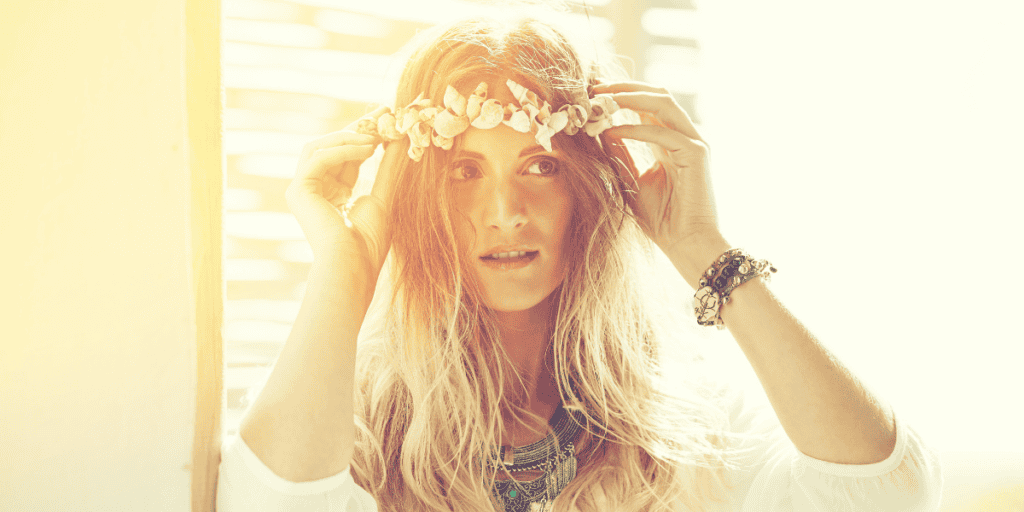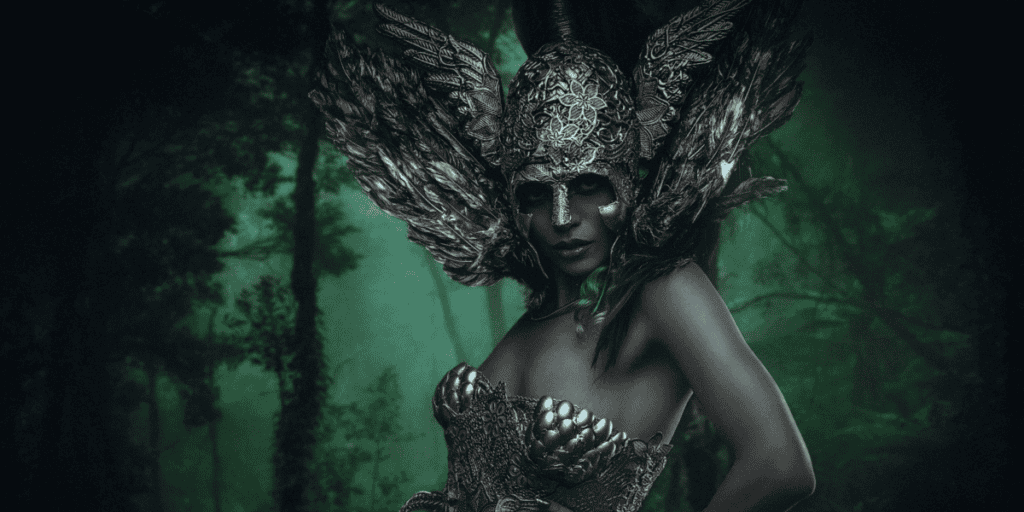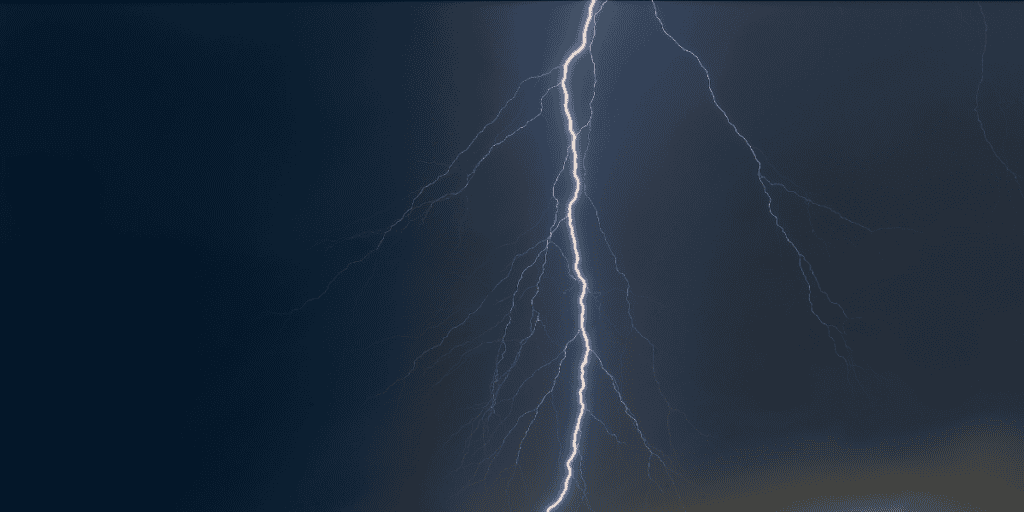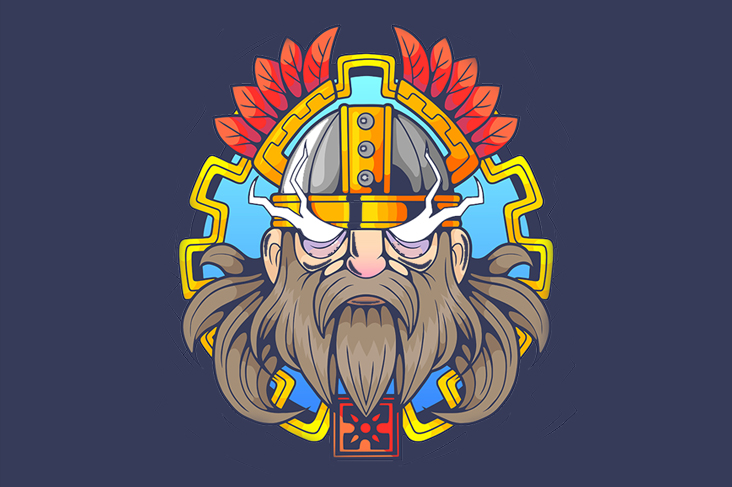This is the ultimate list of the most powerful gods and goddesses in Norse Mythology looked up to and worshiped by the Vikings who ruled the present-day Scandinavia, including countries such as Norway, Iceland, Finland, Sweden, and more.

1. Goddess Sif
Sif was a beautiful Norse grain goddess well-known for her long, pretty, golden hair. She was the wife of Thor, the powerful thunder god. Goddess Sif represents the earth in Norse mythology. Unfortunately, not much is known about Sif through old Norse literature, as most references are quite passive in nature.
Nevertheless, she is called the goddess of earth and fertility. Sif is also believed to be the mother of god Ullr, whose father seems to be unknown. Ullr was an extremely skilled skier, hunter, archer, and deity of great significance in Norse mythology.
Sif also symbolizes abundance and harvest. Considering the concept of the “hieros gamos,” which means the union of the goddess of earth and the god representing the sky, restores order across the universe and reinstates fertility on earth.
2. Goddess Idun

Goddess Idun is the anti-aging secret of all the Aesir gods and goddesses. She not only plucks and gathers the juicy, golden apples for them but also shields the Norse orchard of specially grown apples that preserve the youthfulness of the gods and goddesses of Norse mythology. The name “Idun,” in fact, means the one who revives or regenerates.
Idun is known as the goddess of spring and had the magical power to reverse aging and restore youthfulness in the old Norse God and goddesses with her apples containing the youth elixir, reenergizing and rejuvenating them.
Once when she was kidnapped by Loki and taken away by a giant named Thjazi, disguised as a falcon. In Idun’s absence, the gods started becoming weak and feeble, their bodies became fragile and showed various signs of aging, their skins became dark, rough, and wrinkled, and their hair started turning grey.
The gods and goddesses realized later that Idun had gone missing from Asgard and was last seen with Loki. The furious gods worried about losing their youth issued threats to Loki and ordered him to bring Idun back. This was when Loki borrowed Freya’s hawk feathers to shapeshift into a bird and eventually rescued Idun from the clutches of Thjazi by flying to Thrymheim, the abode of the giant located in Jötunheimr.
3. God Ymir
God Ymir is the primordial god of Norse Mythology and the primary progenitor of all jötnar in the whole Norse pantheon. Ymir is considered the first godly existence that dates back to the pre-earth period. His birth was an amalgamation of the ice of Niflheim and the heat of Muspelheim. It was believed that his hermaphroditic body was responsible for the creation of all the future generations of gods, goddesses as well as giants in Norse mythology.
In a nutshell, all of Ymir’s offsprings together are known to form the entire Norse pantheon. However, there are accounts that state that Ymir eventually committed evil to become a frost giant. It is believed that his armpits produced one male and a female, whereas his legs gave birth to a son with six heads.
4. God Odin
Buri, the second creation after Ymir, before the existence of earth, gave birth to a son called Bor. The marriage of Bor and Bestla, wherein Bestla was one of the offsprings of Ymir, resulted in the creation of three sons, namely, Odin, Ve, and Vili.
Odin was one of the most powerful Norse gods and was also popularly known as the king of all Aesir gods in Norse mythology. He was the god representing wisdom, death, royalty, and healing. Odin was well-known for his never-ending urge to learn. He craved knowledge almost like life’s daily essentials and was a voracious collector of wisdom. So much so that he had removed his own eye as a sacrificial offering to Mimir in return for vast knowledge. As a result, Mimir possessed great knowledge and consumed water from the Well of Urd extracted from the roots of Yggdrasil. This supreme tree keeps the Nine Worlds of the Norse Mythology alive and together forever.
Odin was also believed to be a representation of war and chaos, exposing his evil mind that could be easily instigated to start battles.
5. Goddess Frigg

Goddess Frigg was the wife of Odin, the queen of Aesir, and also represented the fathomless sky, motherhood, fertility, and prophecy. Therefore, she was held in the highest regard among all Aesir gods and goddesses. One of the days of the week, Friday, is also named after the goddess Frigg.
Her pure love for Baldr and prophecy, combined with the events foretold by a proficient seeress, makes her aware of her son, Baldr’s death. Terrified by the premonition, she accepts the challenge and leaves no stone unturned in saving Baldr.
She makes every little effort as a mother to make sure her son becomes strong and invincible by pleading to all the gods who grant the unique power of immunity against all attacks except the mistletoe.
Unfortunately, Loki takes undue advantage of this information and gets Baldr killed by his blind brother, who hurls a mistletoe spear at Baldr.
6. God Thor

Going by all famous Norse literature and accounts out there, Thor was incredibly powerful of all gods and goddesses in the Norse pantheon. He was the loyal warrior god and the son of Odin – the King of Aesir gods who endlessly voyaged in search of knowledge and wisdom.
Thor represented the thunder, weather, and storm. And was one of the most revered and worshipped Norse gods. Owing to enormous strength, he was assigned the primary responsibility of safeguarding Asgard. His powerfully destructive hammer, called the Mjölnir, was one of the strongest weapons ever existing in Norse mythology.
Mjölnir could ravage the biggest of giants to instant death and even tear down the tallest mountains, shattering them to bits. The Mjölnir was unique because it boomeranged back to its owner, Thor, after smashing the target at which the hammer was hurled.
Thor was also known to be a bad-tempered god who impulsively attacked the opponents that angered him.
7. God Loki
Loki was a trickster god in Norse mythology who was responsible for the death of several Norse gods with his cunning mischiefs. He was the one that caused Odin’s invincible son, Baldr’s death, by a mistletoe spear. He was involved in destroying Thor’s wife, Sif’s beautiful golden hair, for which he was threatened by Thor, who asked him to get a new head of hair made from the Ivaldi dwarves. While the super-skilled dwarves worked on producing different creations as ordered by Loki, Loki managed to swindle and trick them into making a wide range of powerful gifts for Aesir god and goddesses, the best of all being Thor’s hammer, Mjölnir.
Loki was even responsible for the kidnapping and rescue of Idun, the goddess who guarded the golden apples and eternally preserved the youth of Aesir gods and goddesses.
8. God Baldr
God Baldr represented the brilliantly blazing sun of the summer, and his beauty was beyond that of the fresh flowers. He symbolized purity, graciousness, and divinity. He was the adored son of Frigg and Odin as well as the half-brother Thor. Baldr was also one of the most likable gods in the Norse pantheon and was highly admired and cherished by all the Aesir gods and goddesses.
He lived in Breidablik in Asgard, and it is believed that Breidablik had fascinating halls and pillars adorned with beautiful silver artwork. And it is also said that only the most righteous could access these heavily embellished elegant halls. He also had one of the greatest ships ever built, called the Hringhorni, which could not even be launched by the Aesir gods. Giantess Hyrrokkin was therefore called to set the ship into motion. Hringhorni was later used for setting up Baldr’s funeral pyre after his unfortunate death at the hands of the blind Hodr in one of Loki’s attempts to commit mischief again.
9. Goddess Hel
Goddess Hel was a child of the god Loki and the giantess Angarboda, the serpent. She had the supreme authority over the underworld. It is believed that whoever entered the underworld, goddess Hel being the ultimate ruler, had the privilege of determining their fate.
The appearance of Hel is rather scary; that consists of the body of a living woman as well as a dead body. Her lower body, predominantly her legs, and thighs, represented a rotting, deceased body, whereas her upper body represented a dispirited, shadowy woman’s face with a look of dread.
10. God Njord
Njord belonged to the Vanir gods who lived in Vanaheim in Norse mythology and who were also the divine gods primarily symbolizing fertility who was also gifted with the power to foretell the future.
Njord was also called the god of fertility and the one who represented the sea. He later became a part of the Aesir after the war between them came to an end, finally inducting Njord into the Aesir tribe. Vanir deities, Njord, Freyr, and Freya, were eventually welcomed to live in the abode of Aesir gods, Asgard.
As Njord symbolized the sea, he was highly worshipped by the Vikings for navigating and traveling vast, difficult, stormy oceans. Freyr and Freya were the popular Norse goddesses born to Njord and giantess Skadi.
Skadi was really impressed by Njord’s youthful-looking, attractive feet, but their marriage was not very blissful as Skadi could not get adapted to life near the seas. So, she preferred living in the perpetually snow-clad mountains at Þrymheimr with her father, Thiazi, where the snow never melted. However, Njord lived in Nóatún. His abode was also called the place of ships.
